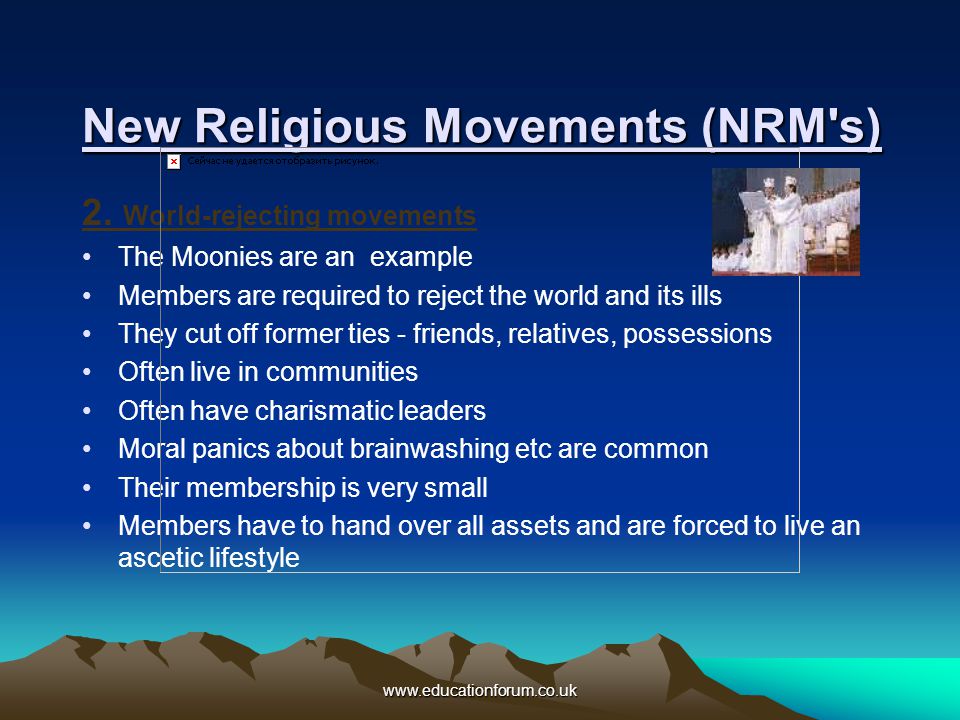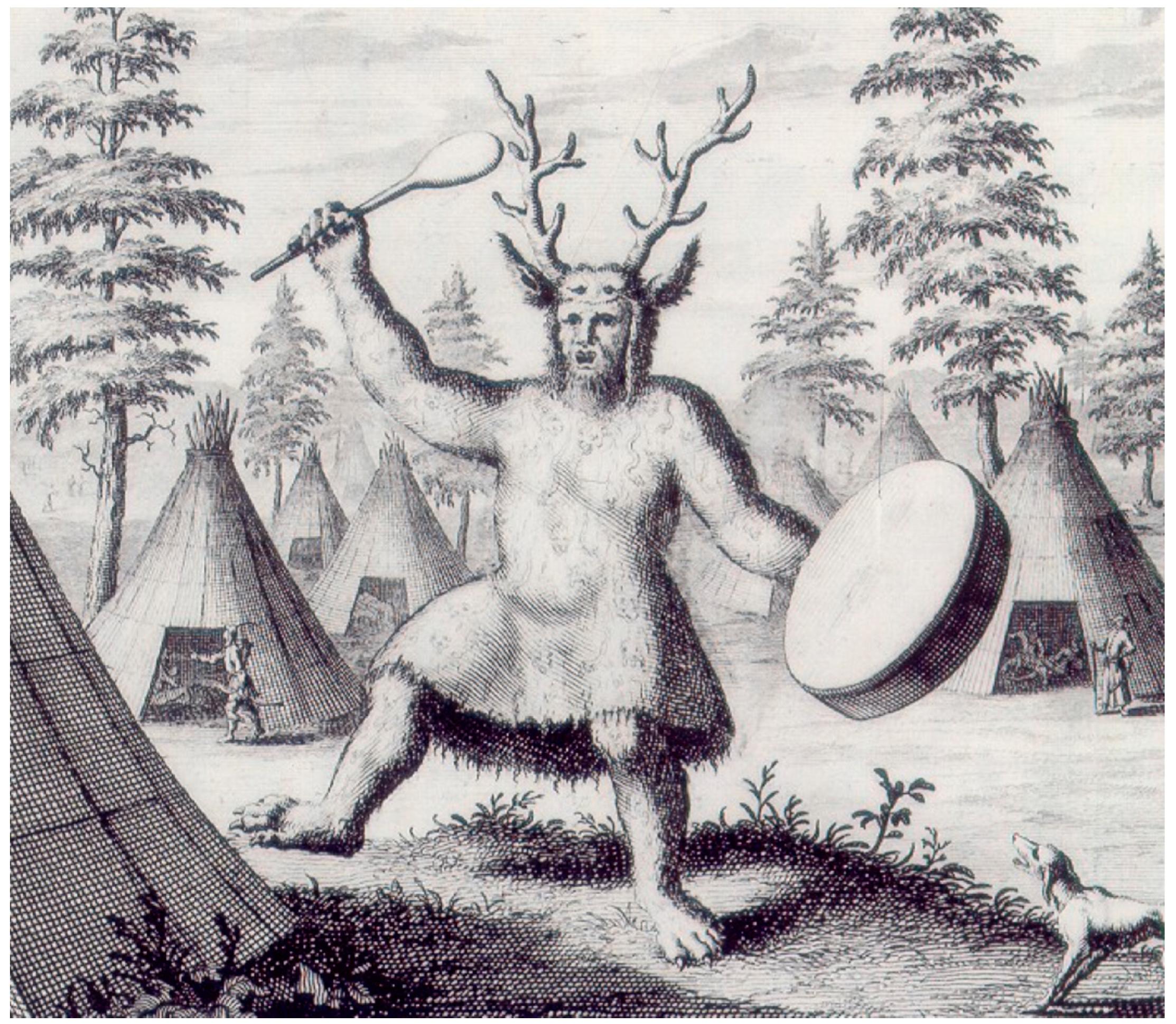
In the 19th century, new religious movements arose, mostly of Christian origin. Transliterations from Islamic and Buddhist religions were made available to a larger public by the beginning of the 20th century. These new movements were often led charismatic leaders like L. Ron Hubbard. This article will discuss the history and practices behind these religious movements.
The role of religion in modern society
Religion is becoming more secularized and diluted in modern society. The rise in secularization is expected to reduce the plausibility for religious belief. It is therefore important to have common belief systems. Secular societies allow public institutions to perform the same social functions that religious ones but without the "irrational” restrictions that go with religion.
Religion is complex because of the many types of religious practices. Yet there are four essential dimensions that are common to all kinds of religions. These include belief, ritual and spiritual experience. They also include unique forms of community.
Alternative religious movements
Alternative religions are a growing trend that is modern in origin and has a peripheral role in society. They are also known as alternative religions and alternative spirituality. These movements have two purposes: to deepen our understanding of the human condition and to encourage spiritual growth. Some of these movements are based on ancient beliefs, while others have modern origins.

California was home to many alternative religious movements. Hare Krishna groups appeared in airports and danced down Telegraph Avenue. Buddhist teachers attracted many people, Sufi Choirs sang at concerts, while weekly radio programs introduced new spiritual figures to the public. Some scholars tried to suppress the new religious movements despite their popularity.
Their origins
The twentieth century saw the emergence of new religious movements. They often have a unique approach to traditional religions or a focus on human potential. The leaders and members of the new religions have certain characteristics. They also share basic organizational imperatives. Theology and practices of new religious movements can differ significantly from one another.
The field of study of new religious movements grew from a few scholars in the 1960s to several hundred in the early twenty-first century. The proliferation of new religions in the twentieth century was accompanied by the introduction of mass media. These new mediums made it possible for religions to reach a global audience and attract financial support.
Their practices
The Graduate Theological Union Archives house materials related to New Religious Movements. Materials from more than 900 groups are included in the collection, including new age communes, quasi-religious and alternate religious movements as well as witchcraft and metaphysical movement. The collection includes correspondence, position papers, as well as promotional materials.
Different meanings can be given to the phrase "new religion." NRMs can be seen as a way of thinking that is new, or it can be used to describe other religions. NRMs are characterised by charismatic leaders. NRMs can also have converts.

Their impact on Catholicism
Modernist thinking began to have a clear impact on society after the Second World War. The Faith saw a dramatic decline across much of Europe. There were many reports of churches in disrepair or entire generations leaving Catholicism. Many American tourists who visited Europe during this period returned to America with images of empty churches, barren fields, and decrepit churches. These ideas had a less profound impact in their home country, but they were still influential.
Pope Martin V convened The Council of Basel just before his death in 1431 to discuss issues such as reforming the church and national pressures. It also considered the definition of God.